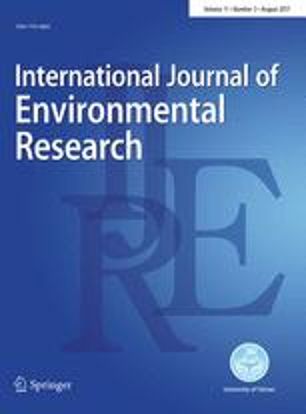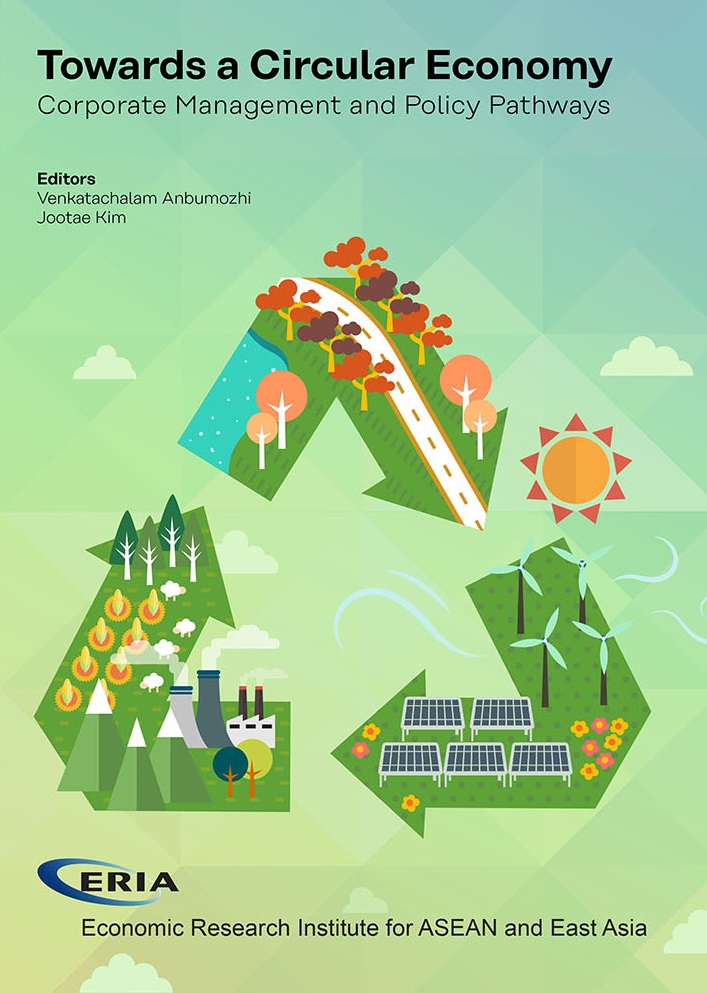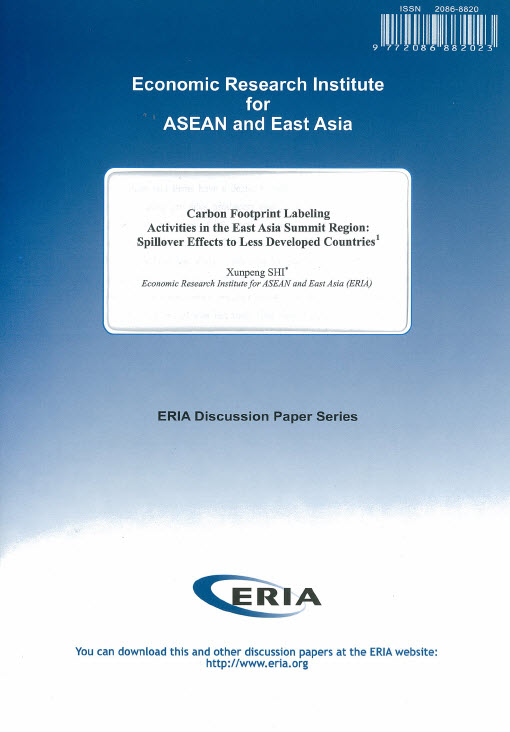Identifying Countries for Regional Cooperation in Low Carbon Growth: A Geo-environmental Impact Index

Date:
22 January 2020Category:
Environment and Climate Change, Journal ArticlesTags:
low carbon growth, environmentPrint Article:
About the Journal
International Journal of Environmental Research, February 2020, Volume 14, Issue 1, pp 29–41
Author
- Kazi Arif Uz Zaman, Financial Stability Department, Bangladesh Bank (The Central Bank of Bangladesh), Dhaka, Bangladesh
- Kaliappa Kalirajan, Crawford School of Public Policy, The Australian National University, Canberra, Australia
- Venkatachalam Anbumozhi, Economic Research Institute for ASEAN and East Asia, Jakarta, Indonesia
DOI
10.1007/s41742-019-00233-5
Abstract
This paper proposes a new geo-environmental Impact index to quantify the implications and dynamics for a country to join in a regional cooperation for low carbon growth (LCG) in Asia. The index helps differentiating the countries according to risk dissemination and risk assimilation categories, which are so crucial in framing effective LCG policies. Empirical results reveal that under the proposed grand regional bloc comprising of 20 Asian countries, eight countries are identified as predominantly geo-environmental risk assimilators, one risk neutral, while the rest of the countries are identified as predominantly risk disseminators. Empirical results also show that synergy effect is evident in all the regional or sub-regional groupings. Sensitivity analysis indicates that the proposed grand regional bloc would yield higher possibility for reducing CO2 emissions in the respective countries as compared to the actions taken by separate sub-regional groupings. The proposed model can also be used as an imperative tool in resolving the regional disputes under the climate change negotiations.
Highlights
A new Geo-Environmental Importance (GEI) index is estimated to quantify the impact of regional cooperation (RC) for low carbon green growth (LCG).
How much would it benefit a country if its partner countries could reduce the carbonization activities (i.e., emission and environmental degradation) to a certain level? and vice versa.
What should be the costs and payoffs of the countries’ decisions under a game-theoretic approach?
Under a regional cooperation framework, how the roles and liabilities of each country can be quantified?
How effective the RC bloc would be in achieving overall CO2 reduction in the region.
Keywords
regional cooperation, low carbon growth, geo-environmental impact index, risk dissemination, risk assimilation, Asian sub-regions




